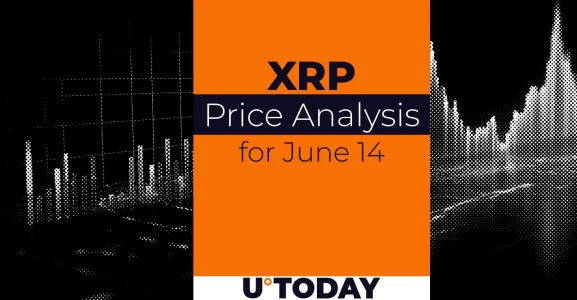
OKX Announces Mega Delisting of 11 Pairs, USDT/USDC Affected
Major exchange OKX to delist key stablecoin pair USDT/USDC just as it enters US market[...]
OKX to Remove USDT/USDC and Other Pairs from Platform
In a move that may surprise some users, OKX has announced the removal of 11 spot trading pairs from its platform, including the popular USDT/USDC pair. While the exchange cites its regular review process to maintain healthy trading markets, the decision has raised questions about the underlying reasons.
Alongside lesser-known tokens like ZERO, PRQ, IQ, ARTY, and SAMO, the USDT/USDC pair, which serves as a crucial stablecoin-to-stablecoin ramp for many users, will also be taken offline. The exchange has not provided any further explanation for this decision, leaving users to speculate on the potential factors behind it.
The timing of this move is particularly interesting, as OKX is currently in the midst of a major U.S. market expansion, having secured licenses in 47 states and opened a new headquarters in San Jose. The exchange has also recently brought on Roshan Robert, a former Barclays and Hidden Road executive, to spearhead its efforts in the region.
Behind the scenes, OKX's latest proof-of-reserves report (based on a snapshot taken on April 7) has revealed a significant decrease in its USDT and USDC holdings. The report shows a 3.62% drop in USDT holdings, a decrease of nearly $295 million, and an even stronger 8.04% decrease in USDC, losing over $100 million. While it's unclear if these changes are directly connected to the upcoming delisting, the pattern is notable.
As the delisting window approaches, users with open orders on the affected pairs will have their orders canceled automatically if not closed manually. After the delisting, users will still be able to find their assets under the "Untradable" section of the platform.
The removal of the USDT/USDC pair, along with several other trading pairs, has left users wondering about the underlying reasons and the potential implications for the platform's strategy, particularly in the context of its U.S. market expansion.
Most Viewed News








